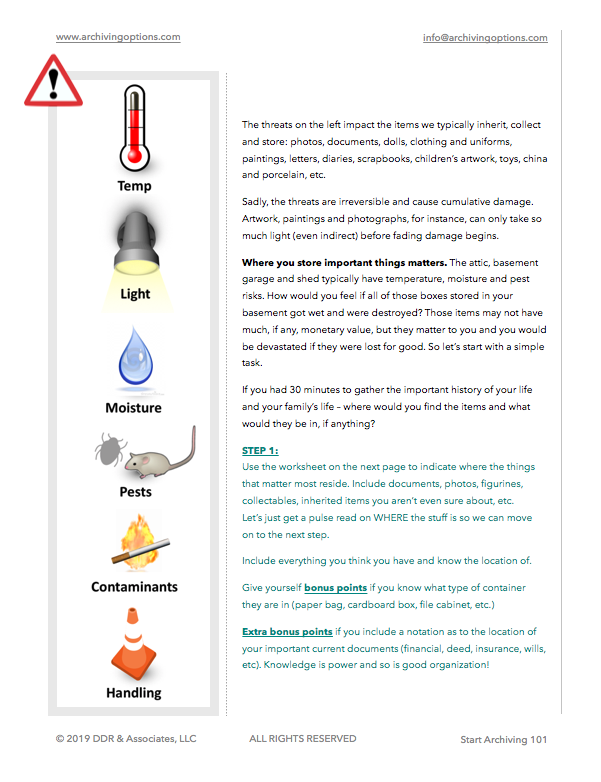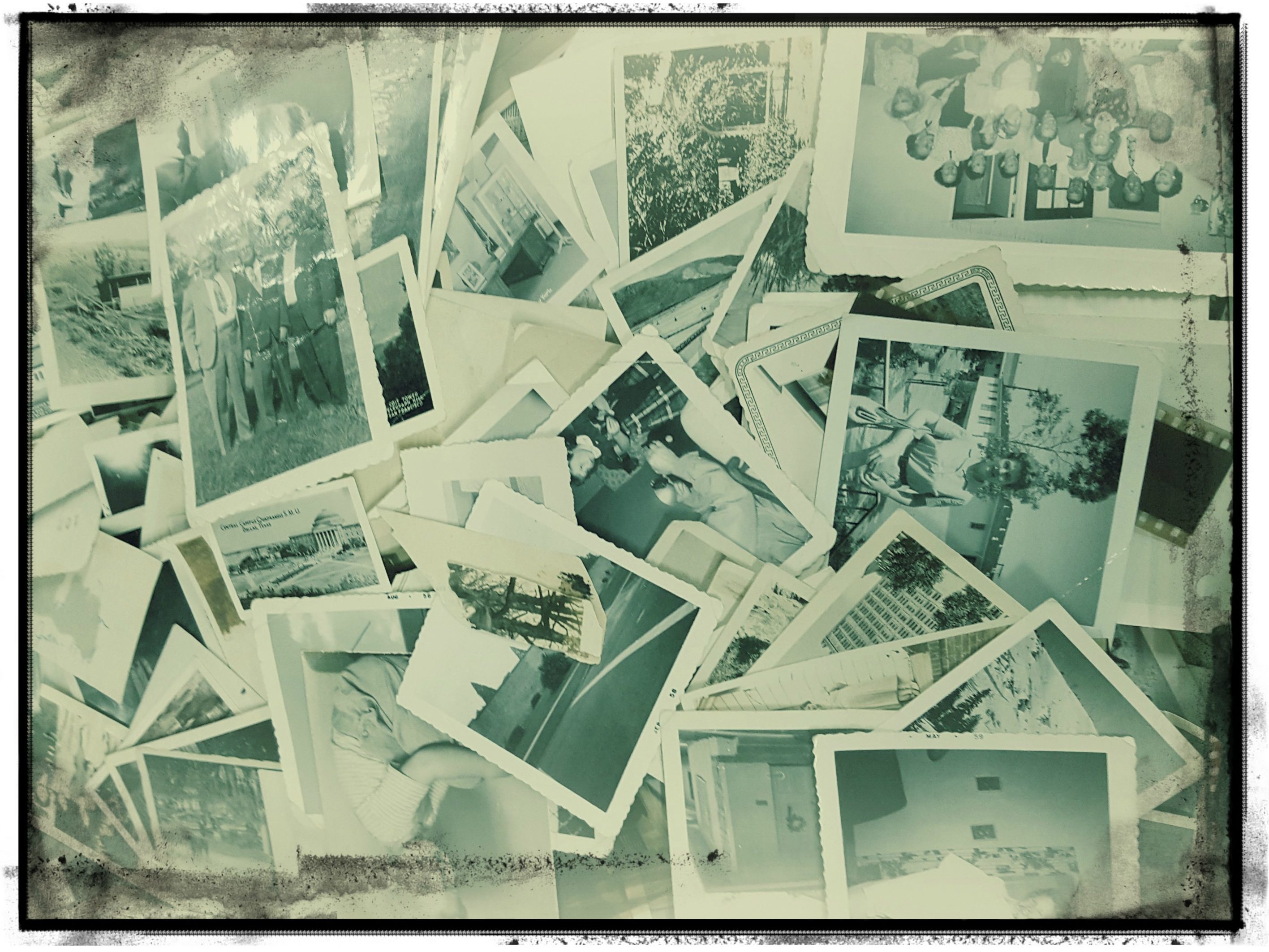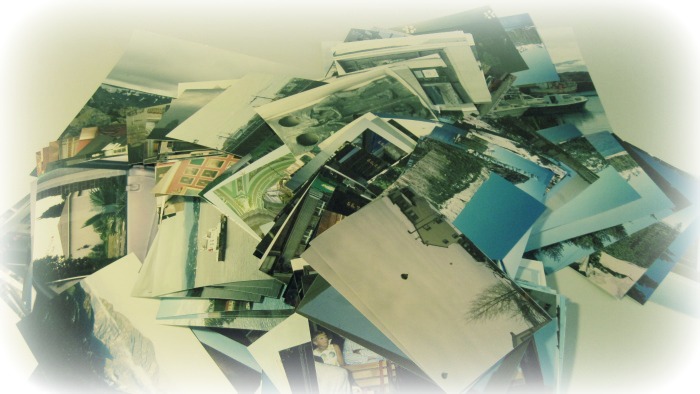How Do You Remember Love?
St. Valentine Reminds Us of One Kind of Love
It is that time of year when everyone seems to be focused on romantic love or its absence. We see hearts, candy, cards and everything related to St. Valentine everywhere we look. But these elements are focused on the current loves in our lives, not necessarily the ones from the past.
Many people keep old love letters and revisit them every once in a while. It is surprising how those letters can transport one to another place and time. It is quite sweet to think back on happy loves from our younger selves. A little music and a glass of wine can make this a very enjoyable way to whittle away a rainy afternoon.
Hmmm … But Maybe It’s Best To Not Remember EVERYTHING
Some people ceremoniously burn love letters from unhappy relationships with the notion that all of the related pain, anger and hurt will dissipate like smoke. Not sure that works. Even the unhappy relationships have some good memories one can reframe and smile about, but perhaps that acknowledgment only comes with age. So don’t be too surprised if you notice a few bonfires burning around February 14 – there are some who simply enjoy the angst. Let’s leave them to it, shall we?
How Do You Remember the Other Kinds of Love?
And then, there are the loves that are not romantic, but familial and friendly. Framed photos seem to be a standard way to keep those important loves present in our hearts and minds. But there are so many other inventive ways to memorialize people that mean something to us, or are no longer with us.
I keep an old-fashioned monogrammed silver lighter on my desk. It has my late mother’s initials on it and was a gift from my father to my mother when they were courting back in the 1940’s. I can’t say I ever saw my mother use this lighter but somehow, keeping it where I can see it daily, soothes me. I don’t think the lighter even works – I just enjoy seeing it.

This old lighter reminds me of a very special person
There is a new book on the market that examines this topic – looking at the possessions people keep to tell a story or provoke happy feelings. What We Keep: 150 People Share the One Object That Brings Them Joy, Meaning and Magic by Naomi Wax and Bill Shapiro (Running Press).
I love the book’s title because it reinforces the notion that things can and do inspire joy and meaning when correlated with memories. The consistent theme among the folks the authors spoke to (many of whom are celebrities) is that the monetary value of the items they keep is minimal. The emotional value is huge. These are the items they live with to remember the loves in their lives. And these items will be the first things grabbed when disaster strikes.
A few examples:
- 1st computer (from the 1970’s)
- Chipped and broken mug
- Old straw hat from boarding school
- A sea shell repurposed into a pin cushion
- A boxing glove
What Types of Things Do You Keep to Remember People You’ve Loved?
I like to create montages of of 3-4 items to frame or display on a shelf. The items become so much more meaningful and lend themselves to conversation starters when the displays are visually interesting. I recently created a couple shelf displays for someone that incorporated disconnected items that, brought together, told a little story about their grandparents in a delightful way. It is so fun to create these little displays with what you have.
I invite you to describe what you keep to remember your loves in the comments below. Or better yet, submit a photo! I love to see the unique things that bring people joy. That would be a terrific Valentine’s Day gift! ❤️
All for now – thank you friends!
© 2019 Archiving Options
Be sure to visit me on FB too! https://www.facebook.com/ArchivingOptions
Check out my FREE How-To Guide Archiving 101 – STEP 1: Protect What Matters where you get the tips to BEGIN taking care of the things that matter. GET YOUR COPY NOW!
‘How-To Start Archiving 101’













